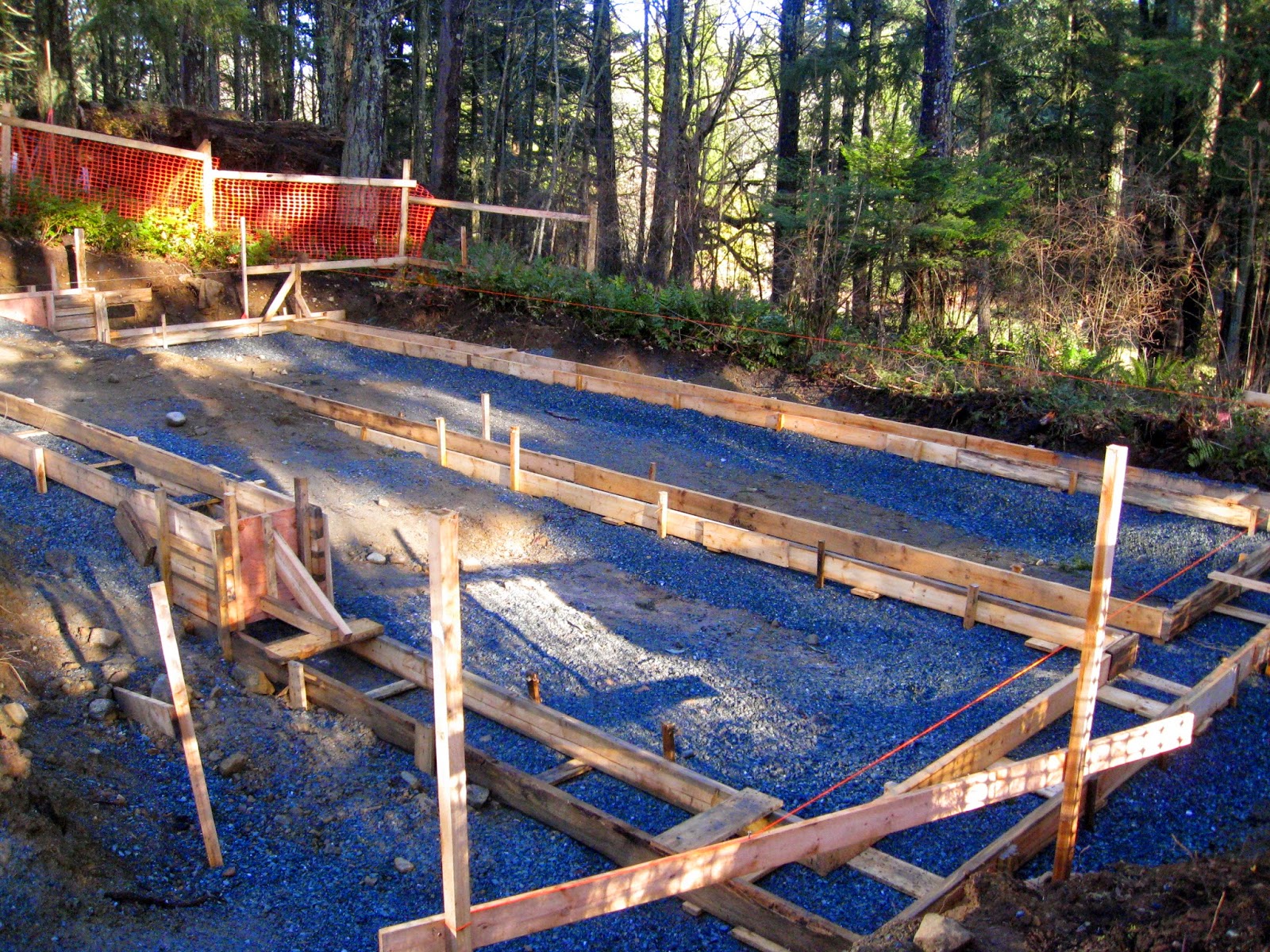A big day on the construction site.
First the slinger arrived.
Then the concrete truck.
They connected...
...and wet cement was pumped between the foam blocks in one long continuous pour. Well, a 2nd concrete truck arrived halfway through.
The guy in the orange has a remote controller to control the amount of concrete being pumped. The other guy, in black, directs the tube pouring concrete into the gap between the foam walls.
These 2 guys, Dave and Jeff, are operating a compactor/vibrator type machine to get rid of air bubbles in the concrete.
Jeff levels of the top of the wall.
And voila - basement foundation walls.
With its 8" thick walls, this is the 1st stage of our well-designed building. We are not calling it a 'green building' because it is a term that is often not fully understood and has become a misleading label. We are calling it a 'high performance, healthy building'. More about the building's design as construction progresses.
Here am I in my studio, on a cold winter's afternoon, very pleased with the progress.









































.JPG)






